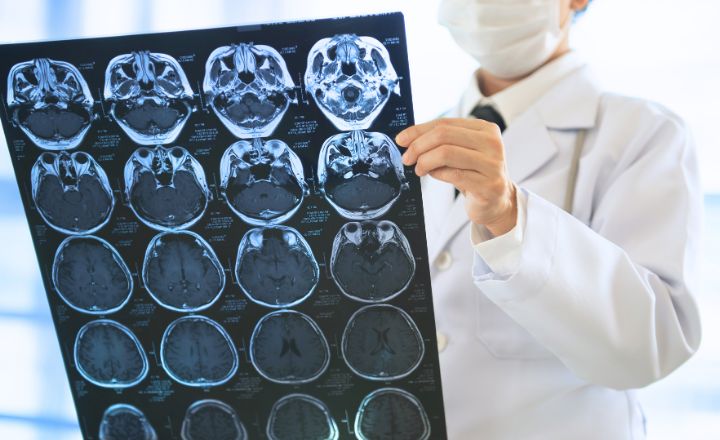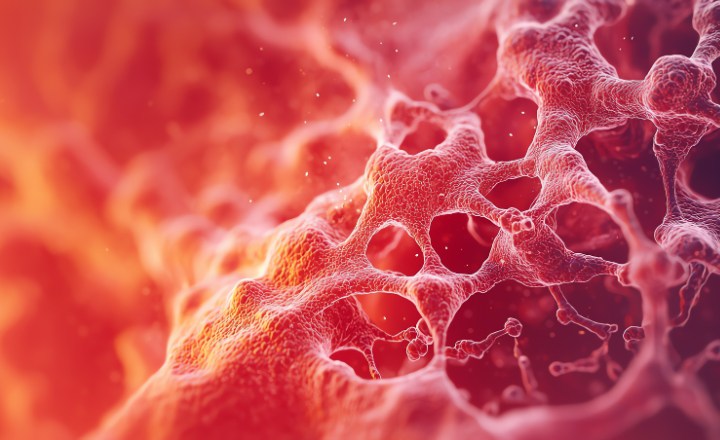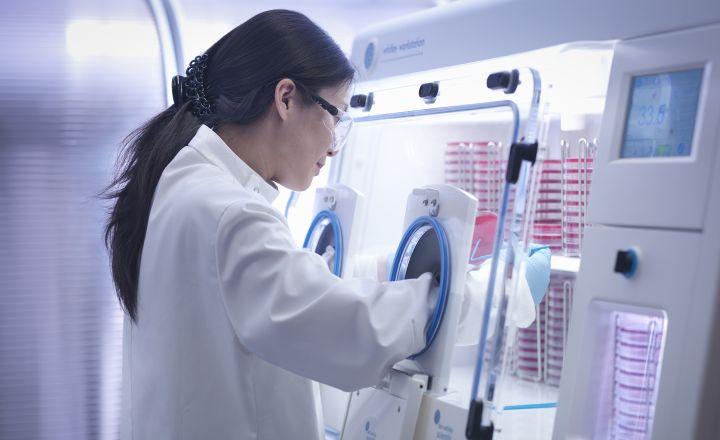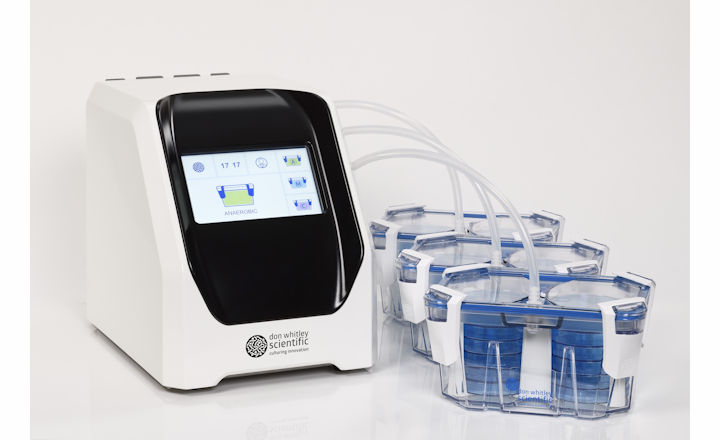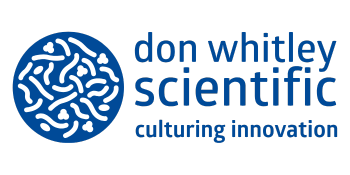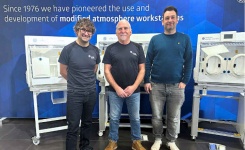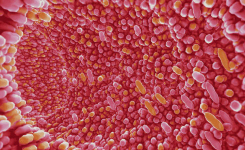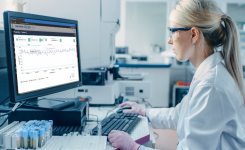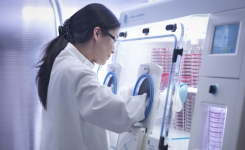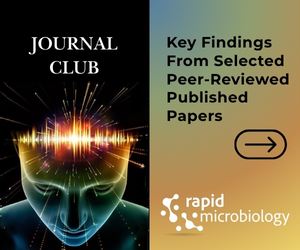Cases of brain abscesses in children have increased by 23% between 2014 and 2023. One study of a 9-year-old boy with a rare abscess caused by Parvimonas micra showed the complexities in treatment and the need for effective microbial analysis and proper antibiotic selection.
Brain abscesses, focal infections of the central nervous system, are characterised by cerebritis and necrosis, causing symptoms like headache, fever, neurological deficits, and impaired consciousness1. Predisposing conditions include congenital heart disease, dental infections, otitis media, and neurosurgery1. Most infections are polymicrobial, with Staphylococcus aureus and Streptococcus viridians being common; in up to 40% of cases, anaerobes are isolated1. Between 2014 and 2023, cases in children increased by 23%, overtaking adult incidence2. In 2023, the “abnormal surge” in brain abscesses amongst American children intensified scientific focus on this severe infection3. Despite scientific advancements, isolating and identifying some obligate anaerobes, including those that cause brain abscesses, remains challenging.
A recent case study has investigated a rare brain abscess in a 9-year-old boy, caused by Parvimonas micra4. The child presented with severe headache and vomiting and had a heart murmur and pulmonary atresia4. A CT scan revealed cerebellar lesions, suggesting abscesses. These were drained and treated with 1 g cefoperazone-sulbactam and 0.54 g amikacin for 5 days4. Unfortunately, the antibiotic treatment failed, and the abscess continued to grow, necessitating repeat drainage4. The sample was cultured anaerobically on Robertson’s Cooked Meat medium for 48h at 37°C, then sub-cultured onto neomycin blood agar for 48h at 37°C. A single colony type was isolated and identified by MALDI-TOF as P. micra4. The patient received intravenous clindamycin at 0.3 g and metronidazole at 0.25 g over a 6-week period; a CT scan showed reduced abscess size and improved clinical condition4. Effective antimicrobial therapy and patient outcomes rely on surgery, imaging, and microbial analysis4. Selection of appropriate antimicrobial agents is reliant on successful bacterial cultures; hence, the need for optimal culture media and strict anaerobic conditions.
Case studies like this highlight the importance of anaerobic bacteriology in clinical treatment. Minimal Inhibitory Concentration (MIC) of antibiotics against pathogenic anaerobes guides therapy selection, requiring stringent anaerobic conditions for accurate testing. The Don Whitley Scientific Laboratory uses the Whitley A95 Workstation for culturing obligate anaerobes, including a recent anaerobic agar MIC study for an international pharmaceutical company, determining MICs against gut microbiota bacteria, including P. micra. Anaerobic workstations are essential for research on this organism. Providing high-quality anaerobic incubation conditions is vital for studying anaerobic bacteria, whether they are normal intestinal microbiota members or associated with brain abscesses.
Written by DWS Microbiologist, Kirsty McTear
Explore the Whitley Anaerobic Workstation range today
References
- Ruiz-Barrera MA, Santamaría-Rodríguez AF, Zorro OF. Brain abscess: A narrative review. Neurology Perspectives. 2022 Jan 23;2(3):160–7.
- Guy RL, Coelho J, Kartyk Moganeradj, Gil E, Nurfarah Sabtu, Brown CS, et al. P-921. A Decade of Changing Incidence and Microbial Aetiology of Brain Abscesses in England between 2014 and 2023. Open Forum Infectious Diseases. 2025 Jan 29;12(Supplement_1).
- Starr M. Abnormal Surge of Brain Abscesses in American Children, CDC Says [Internet]. ScienceAlert. 2023 [cited 2025 Mar 12].
- Ravichandran P, Kundu R, Biswas R, Sathiaprabhu Anbazhagan. A rare isolation of Parvimonas micra from cerebellar abscess in a patient with complex cyanotic heart disease. Anaerobe. 2025 Feb 1;102943–3.


